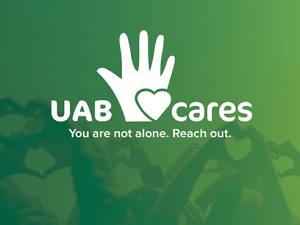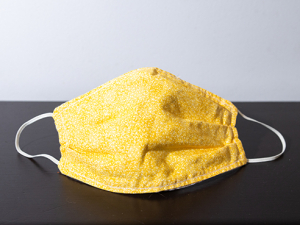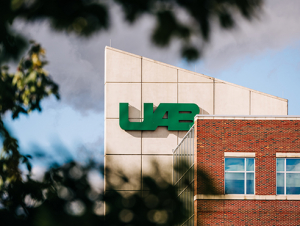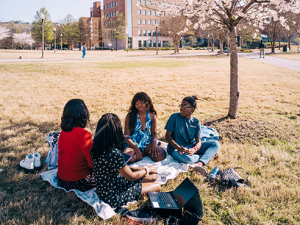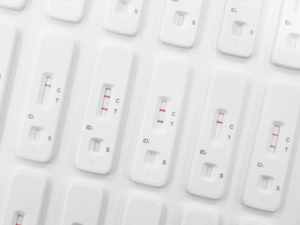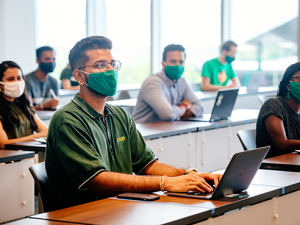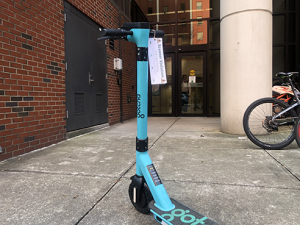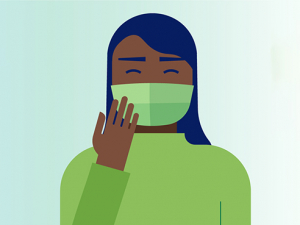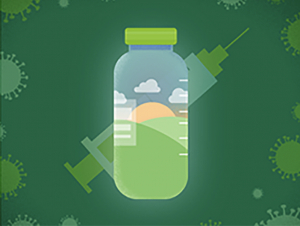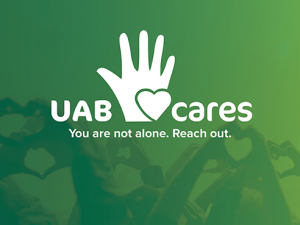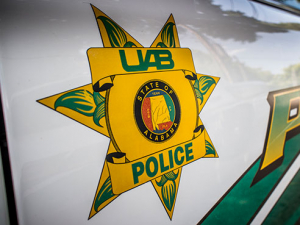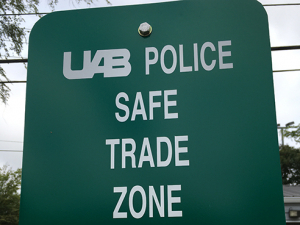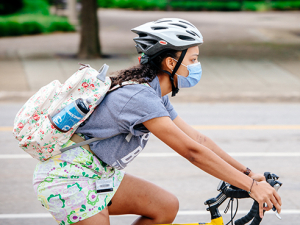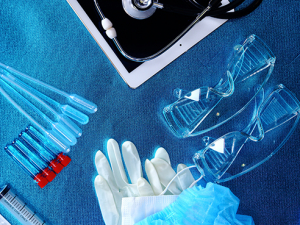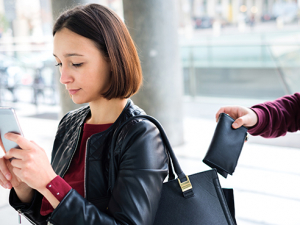
In cities across the world, public transportation provides a critical daily service to millions of people. That’s certainly the case on UAB’s campus, where Blazer Express bus routes crisscross the campus — even during limited business operations — and many employees rely on Blazer Express to deliver them to their workplace.
UAB Transportation has implemented a strict cleaning regimen to help ensure the safety of its buses and vans and riders are required to be masked and keep their distance from fellow travelers. However, public transit in general can introduce new risks for exposure to COVID-19, says David Freedman, M.D., professor emeritus of infectious diseases. To help you stay well while riding, he shares tips for traveling in the safest manner possible during the coronavirus pandemic.

1. Wearing a mask — properly
Wearing a mask at all times is a critical way to protect yourself and others, Freedman says. But eating requires removing your mask in a high-risk situation, so be sure to eat or drink before or after the ride, he recommends.
“With proper wear, masks block droplets from your sneezes and coughs and minimize opportunities for you to touch your face and either spread or come into contact with the virus from other people,” he continued. It benefits others just as much as it helps you stay healthy.”
|
“Carrying hand sanitizer when traveling to clean your hands right before and right after the ride, will keep you safe and provide peace of mind during your commute.” |
It’s crucial that the mask covers your nose and your mouth, says UAB infectious disease physician Rachael Lee, M.D. Do not wear it below your nose. Follow these expert guidelines to ensure you’re covering up correctly.
Masks are required on Blazer Express buses; drivers have been instructed by UAB Transportation not to allow passengers without face coverings to board vehicles. This requirement applies to all Blazer Express services, including Highlands Shuttle, Safety Escort and the Deck Van Service.
2. Carrying hand sanitizer and antibacterial wipes
Since riders will either sit or hold a railing, Freedman suggests carrying sanitizing wipes to sterilize any seat or handle they may touch. He also suggests trying to stay in one place throughout the ride to minimize the amount of contact with others.
“Carrying hand sanitizer when traveling to clean your hands right before and right after the ride, will keep you safe and provide peace of mind during your commute,” Freedman said.
UAB Transportation has enhanced its cleaning protocols on all Blazer Express buses in response to the coronavirus pandemic. Under the enhanced guidelines, Blazer Express drivers now wipe down all handrails and handles hourly while the bus is in service in addition to the regular protocol, which includes wiping down and disinfecting seating and handrails at the end of the day and mopping and cleaning interiors every weekend. Hand sanitizer is placed on each vehicle for passenger use, and signs remind passengers of good hygiene practices. In addition, disinfectant spray is available on every vehicle to be used as needed.

3. Keeping your distance
Trains or buses may be crowded, so it is key to practice social distancing to the greatest extent, sitting or standing away from others, if possible. This includes staying at least 6 feet from others when entering and exiting the ride, at ticket stations and in other high-traffic areas riders may find themselves in during the journey.
Social distancing is recommended because medical professionals know that the virus that causes COVID-19 can travel at least 3 feet when coughed or sneezed and can live on surfaces for hours to days. Social distancing is critical to flatten the curve.
|
“These precautions will help keep your commute safe and help us return back to a sense of normalcy sooner rather than later.” |
“It does go against our human nature, but in these times, it’s important to minimize interactions with others in high-trafficked, public spaces,” Freedman said. “You can still have friendly conversations in the morning on your commute, but it’s important to keep a healthy distance between yourself and others. These precautions will help keep your commute safe and help us return back to a sense of normalcy sooner rather than later.”
4. Modifying your travel route
If possible, Freedman suggests modifying typical routes to take a less crowded way that may avoid hotspot areas in a city, although this may not always be an option. Another recommendation is to try to travel during off-peak times.
5. Using contactless payments, not cash
In some cities, contactless payment is an option — one worth using as a way to lessen the number of times cash is handled or using a credit card in a shared machine.
Should a credit card be used, Freedman cautions youto sanitize after use before returning to a wallet or purse. And if you’re sending money virtually, follow these guidelines to keep it safe.
Read more:

UAB Transportation drivers roll on despite altered routes, schedules

A philosopher explains how to balance rationality, scientific uncertainty in coronavirus claims

4 easy steps to stay safe as a pedestrian during a pandemic



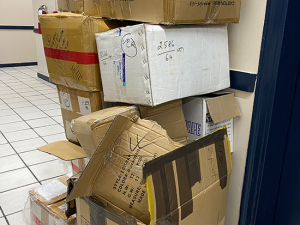
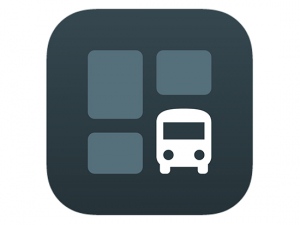
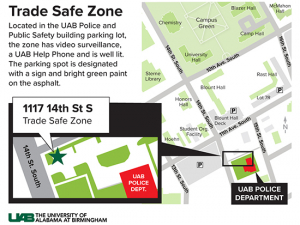
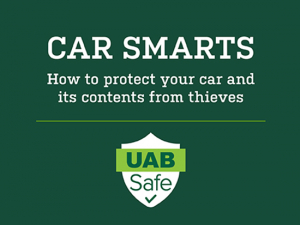

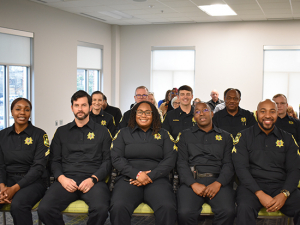
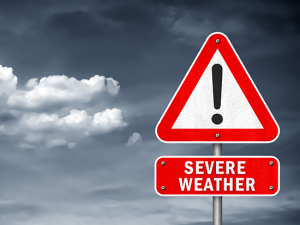
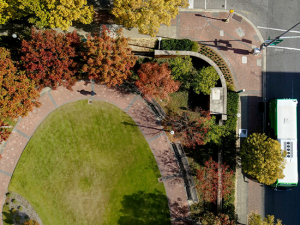
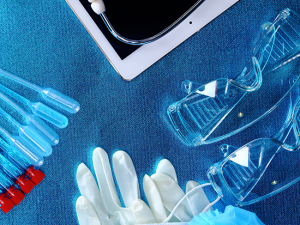
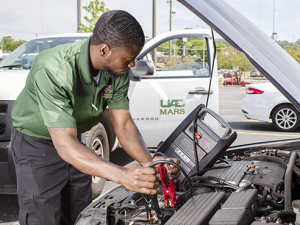
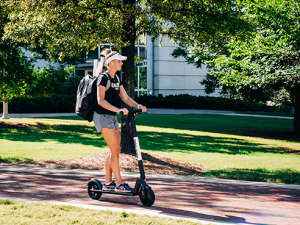
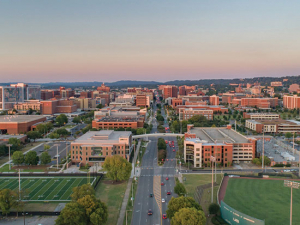
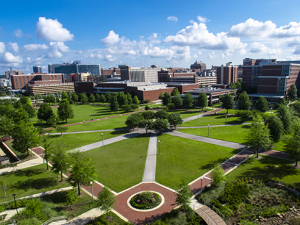
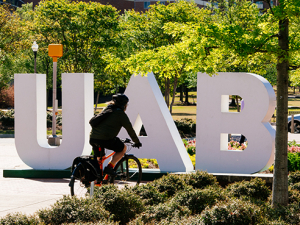
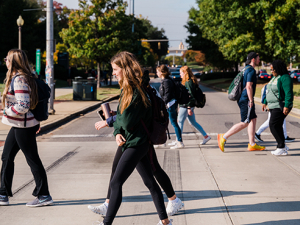
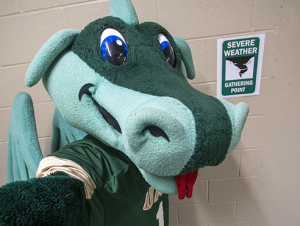
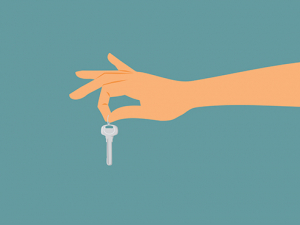
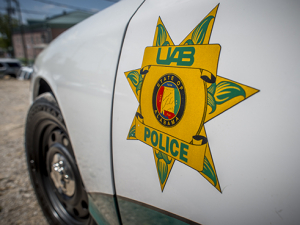
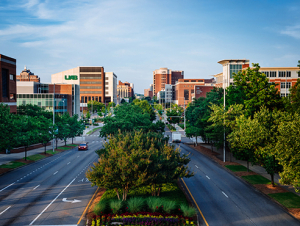
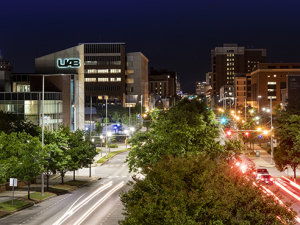
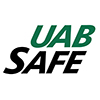 UAB is committed to fostering a safe and inclusive environment for all Blazers. From mobile apps to bus escort services to B-Alerts and more, make sure you’re up to date on all the ways to stay safer on campus.
UAB is committed to fostering a safe and inclusive environment for all Blazers. From mobile apps to bus escort services to B-Alerts and more, make sure you’re up to date on all the ways to stay safer on campus.